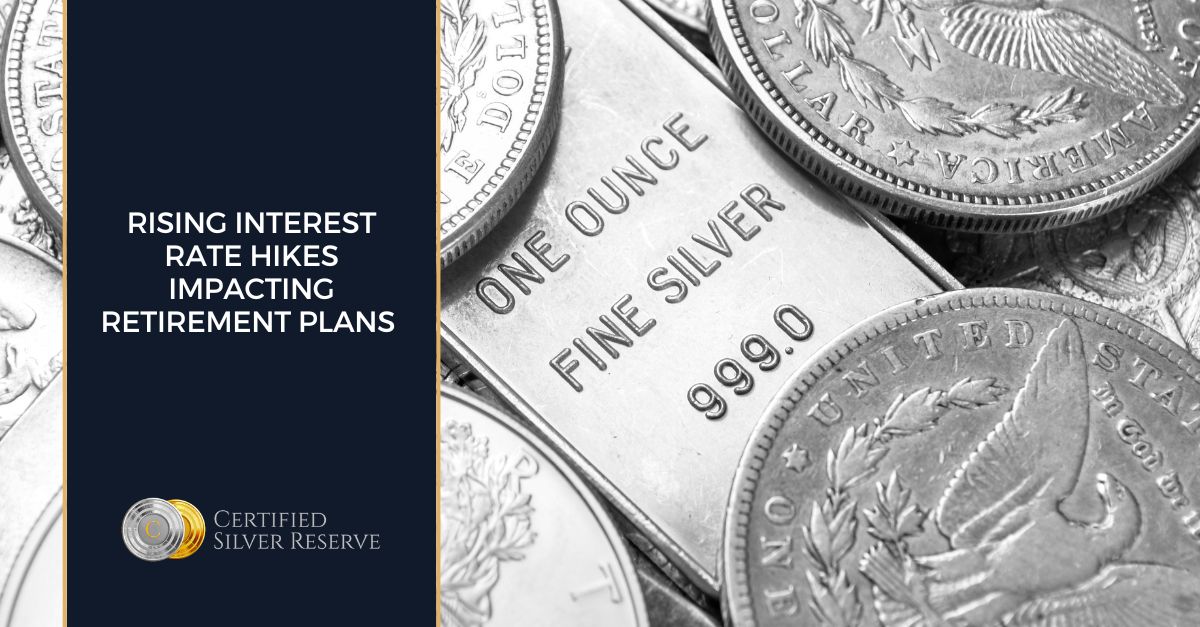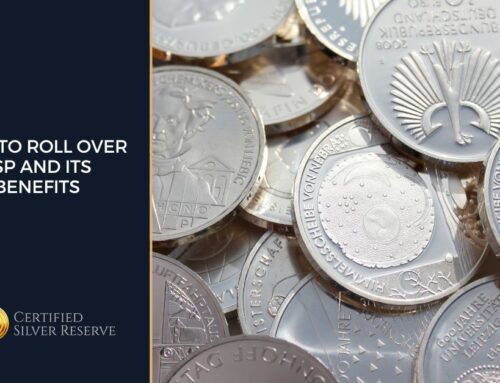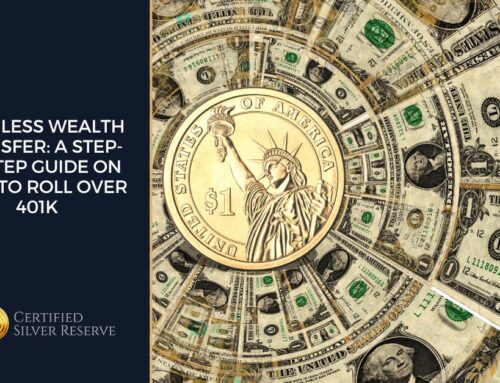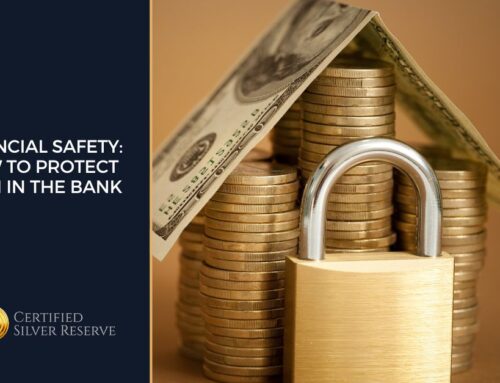Rising interest rates can have various impacts on retirement plans, Traditional IRAs, 401(k)s, the economy, and investment strategies like physical gold and silver hedging. Here is how each of these areas can be affected:
- Traditional IRAs and 401(k)s:
- Slower Growth: Rising interest rates can lead to slower growth in the value of investments held within Traditional IRAs and 401(k)s. This is because higher rates can reduce the present value of future cash flows, affecting the pricing of bonds and fixed-income investments.
- Stock Market Volatility: Higher interest rates can also increase stock market volatility. This can impact the performance of equity investments in retirement accounts.
- Economic Impact:
- Tightening Credit: As interest rates rise, borrowing becomes more expensive. This can lead to a tightening of credit conditions, affecting businesses and individuals who rely on loans. For retirees, this might mean reduced access to credit or potentially higher costs if they have variable-rate loans or credit card debt.
- Physical Gold and Silver Hedge:
- Hedging Against Inflation: Some investors turn to physical gold and silver as hedges against inflation and economic uncertainty. When interest rates rise due to inflation concerns, the appeal of precious metals may increase because they are seen as stores of value.
- Diversification: Gold and silver can provide diversification within an investment portfolio, potentially reducing overall risk. This can be beneficial during periods of economic uncertainty associated with rising interest rates.
- Easy Liquidity: Precious metals can provide steady long-term growth, along with easy liquidity and short-term increased value. As well as providing nontaxable and non-reportability when taking advantage of your retirement rollover plan benefits.
It is important to note that the impact of rising interest rates on retirement plans and investments can vary depending on individual circumstances, including the specific assets held within retirement accounts, risk tolerance, and long-term financial goals.
Here are some general considerations:
- Diversification: Diversifying your retirement portfolio can help mitigate the impact of rising interest rates. Diversification can include a mix of stocks, bonds, real estate, and hard assets like physical gold and silver ownership protection.
- Review and Adjust: It is a good practice to regularly review your retirement plan and adjust your asset allocation as needed to align with your goals and changing market conditions.
- Seek Professional Advice: Consulting with one of our specialists can be helpful in navigating the complexities of retirement planning, especially during periods of economic uncertainty.
- Long-Term Perspective: Retirement planning should typically have a long-term perspective. Short-term market fluctuations, including those related to interest rates, may not have a significant impact on a well-diversified retirement portfolio over the long term.
In summary, rising interest rates can indeed impact retirement plans and investment strategies. It is important for individuals to assess their specific circumstances, risk tolerance, and financial goals when making decisions about how to navigate these changing economic conditions.








